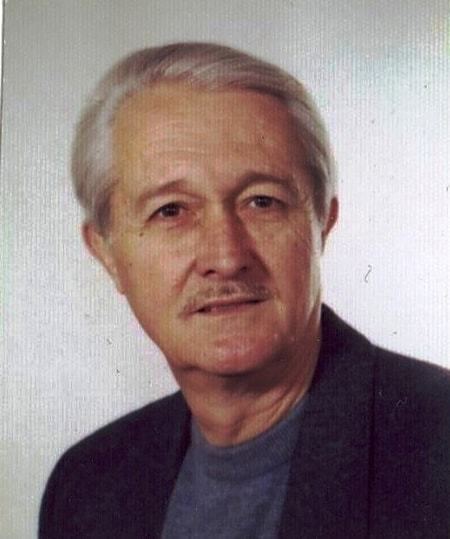Nationality French Doctoral advisor Emile Picard | Role Mathematician Name Georges Giraud | |
 | ||
Born 22 July 1889Saint-Etienne ( 1889-07-22 ) Institutions Universite Clermont-Ferrand (now Universite Blaise Pascal). Alma mater Ecole Normale Superieure 1915 Known for potential theorypartial differential equationssingular integralssingular integral equations Notable awards Prix Francœur (1919)Prix Gustave Roux (1923)Hirn Foundation prize (1925 and 1935)Grand Prix for mathematical sciences (1928)Prix Houllevigue (1930)Lasserre foundation prize (1930)Prix Saintour (1933)Prize of the Annali della Reale Scuola Normale Superiore di Pisa (1935) Died March 16, 1943, Bonny-sur-Loire, France | ||
Education Ecole Normale Superieure | ||
Georges Julien Giraud (22 July 1889 – 16 March 1943) was a French mathematician, working in potential theory, partial differential equations, singular integrals and singular integral equations: he is mainly known for his solution of the regular oblique derivative problem and also for his extension to n–dimensional (n ≥ 2) singular integral equations of the concept of symbol of a singular integral, previously introduced by Solomon Mikhlin.
Contents
Honors
Georges Giraud a été plusieurs fois lauréat de notre Académie.
The scientific work of Georges Giraud was widely acknowledged and earned him several prizes, mainly, but not exclusively, awarded him by the French Academy of Sciences: he was seven times recipient of academy prizes.
In 1919, he was awarded the "Prix Francœur" for his work on the theory of automorphic functions: the members of the commission who examined his work and nominated him were Camille Jordan, Paul Appell, Marie Georges Humbert, Jacques Hadamard, Édouard Goursat, Joseph Boussinesq, Léon Lecornu and Emile Picard (the relator). For the same motivation, On 17 December 1923 he was awarded the "Gustave Roux" prize.
In 1924 he won the Hirn Foundation Prize, for his whole scientific work: he won again the same prize in 1935, for his work on singularities of boundary value problems in the theory of partial differential equations.
In 1928 Giraud won the "Grand Prix des sciences Mathématiques" for his work in the theory of partial differential equations: for the same motivation, in 1930 he was also awarded the "Prix Houllevigue". In the same year, he was also awarded the prize of the Lasserre foundation.
In 1933 he was recipient of the Prix Saintour, for his work on partial differential and integral equations.
Finally, in 1935, apart from winning the Hirn foundation prize for a second time, he was awarded the prize of the Annali della Reale Scuola Normale Superiore di Pisa, equally divided between him, Guido Ascoli and Pietro Buzano: the members of the jury who awarded ex-aequo the prize were Guido Fubini, Mauro Picone and Giovanni Sansone.
On 14 December 1936, following up a proposal Jacques Hadamard made since 1931, he was elected corresponding member of the French Academy of Sciences.
He was also a member of the Société Mathématique de France from 1913 to his death.
